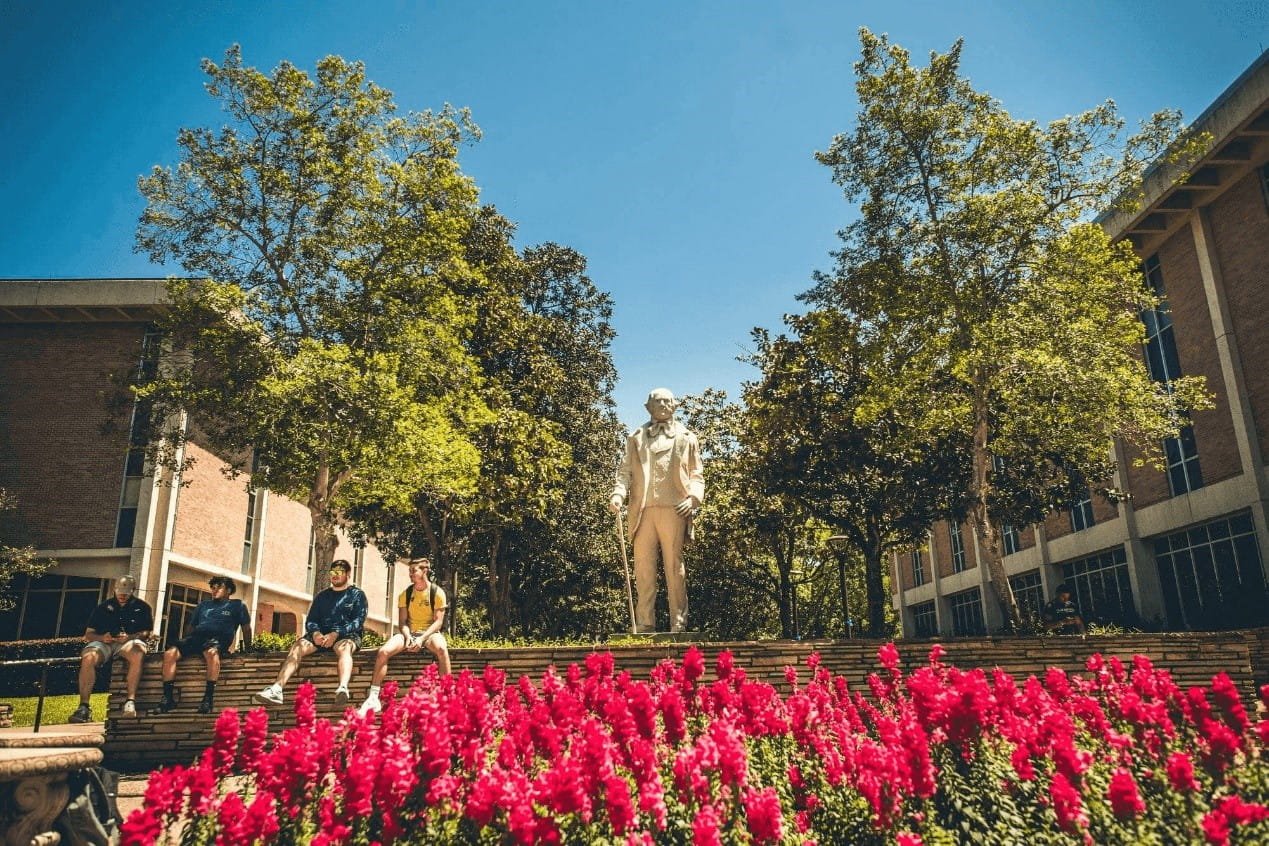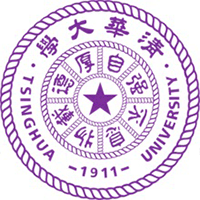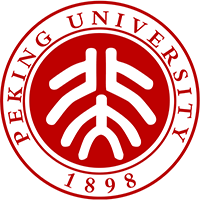Workshop Title:
Creative Strategies for Effective Vocabulary Acquisition
Date:
July 12th, 2024 (CST)
Organizer:
Sam Houston State University
Keywords:
- Vocabulary
- Acquisition
- Cognition
- Creative
- Strategies
Workshop Chair:
Personal Bio:
Dr. Enrique Mallen is Professor at Sam Houston State University. He received his PhD. in Linguistics from Cornell University. He regularly teaches courses on language, linguistics, art and culture. He has published numerous articles on linguistics, art and literature. Among his most recent publications are the books Pablo Picasso and Dora Maar: A Period of Conflict (1936–1946) (2021) and Pablo Picasso: The Aphrodite Period (1924–1936) (2020).
Workshop Description:
Background
Vocabulary is usually defined as the knowledge of words and word meanings. More specifically, the lexicon is the mental storehouse of information about words and morphemes that allows humans to instantly access tens of thousands of them to communicate with others. There are many theories as to how exactly the human lexicon is organized in the brain, but we know that it is definitely not like the usual dictionary with full formed words listed in alphabetical order. As Steven Stahl (2005) writes, “Vocabulary knowledge is knowledge; the knowledge of a word not only implies a definition, but also implies how that word fits into the world.” Vocabulary knowledge is something that continues to expand and deepen over the course of a lifetime. Instruction in vocabulary can help enhance this process. Although vocabulary is acquired incidentally through indirect exposure to words, it can also intentionally be taught through explicit instruction in specific words and word-learning strategies.
Goal/Rationale:
Typically, only 5% to 10% of instructional time is devoted to vocabulary instruction, yet students, especially struggling students need between 12 and 14 exposures to words and their meanings to fully learn them (Durkin, 1978/79; Roser & Juel, 1982; Scott, Jamieson, Noel, & Asslin, 2003)? Covering the meanings of important words before moving on to new ones activates students' background knowledge and prepares them for learning and comprehension. In other words, acquired vocabulary provides the “Velcro” for new information to “stick to.” Vocabulary instruction must be explicit, providing easy-to-understand definitions presented directly to learners along with multiple examples and nonexamples of the target word, brief discussion opportunities, and checks for understanding. One principle of effective vocabulary learning is to provide multiple exposures to a word’s meaning. There is great improvement in vocabulary when learners encounter vocabulary words often. Learners probably have to see a word more than once to place it firmly in their long-term memories. This does not mean mere repetition or drill of the word, but seeing the word in different and multiple contexts. In other words, it is important that vocabulary instruction provide students with opportunities to encounter words repeatedly and in more than one context. Vocabulary instruction must include multiple practice opportunities for using words within and across subjects. That is, instruction must be extended over time with opportunities for students to hear, speak, read, and write words in various contexts. This builds students’ breadth and depth of vocabulary knowledge.
Scope and Information for Participants
I examine different creative strategies for vocabulary learning for their potential efficiency in the acquisition process: (1) Essential Words Routine, for instance, consists of using a graphic organizer to briefly cover the meanings of important words. Target words are then introduced with definitions, visual cues, and examples. Learners engage in immediate practice using the words through collaborative turn-and-talk activities. (2) Frayer Model is a graphic organizer that builds vocabulary and conceptual knowledge across content areas. The strategy requires learners to define a vocabulary word and then list its characteristics, examples, and nonexamples. (3) Semantic Mappings visually display and connect a word or phrase and a set of related words or concepts. Implementing semantic map activities help learners recall the meanings of words and understand how multiple words or concepts “fit together.” Using a semantic map, combined with explicit instruction and practice opportunities, is an effective way of expanding learner's vocabulary and supporting their content knowledge. (4) Vocabulary Review Activities provide multiple opportunities to practice using new words and is an important part of vocabulary instruction. Partners create sentences using words assigned by the teacher. Or one partner can ask a question and the other holds up an index card with the word that fits or answers the question. (5) Morphemic Analysis Routine involves explicit instruction of words. One way to help learners develop strategies for approaching unfamiliar vocabulary is to teach morphemes (prefixes, roots, and suffixes). They can then use this information to help them engage in independent word study.
Venue:
Sam Houston State University, 1905 University Ave, Huntsville, TX, USA

VISA
In order to ensure the information is correct and up to date, there may be changes which we are not aware of. And different countries have different rules for the visa application. It is always a good idea to check the latest regulations in your country. This page just gives some general information of the visa application.
US Visa Information
The B-1/B-2 visitor visa is for people traveling to the United States temporarily for business (B-1) or for pleasure or medical treatment (B-2). Generally, the B-1 visa is for travelers consulting with business associates; attending scientific, educational, professional, or business conventions/conferences; settling an estate; or negotiating contracts. The B-2 visa is for travel that is recreational in nature, including tourism; visits with friends or relatives; medical treatment; and activities of a fraternal, social, or service nature. Often, the B-1 and B-2 visas are combined and issued as one visa: the B-1/B-2.
Application Items
If you apply for a business/tourist visa, you must pay your $160 application fee and submit the following:
- A Nonimmigrant Visa Electronic Application (DS-160) Form. Visit the DS-160 web page for more information about the DS-160.
- A passport valid for travel to the United States with a validity date at least six months beyond your intended period of stay in the United States (unless country-specific agreements provide exemptions). If more than one person is included in your passport, each person desiring a visa must submit an application.
- One (1) 2 x 2 inches (51 x 51 mm) photograph taken within the last six months.
- If a visa is issued, there may be an additional visa issuance reciprocity fee, depending on your nationality.
In addition to these items, you must present an interview appointment letter confirming that you booked an appointment through this service. You may also bring whatever supporting documents you believe support the information provided to the consular officer.
Supporting Documents
- Invitation letter from business or school.
- Detailed CV or resume including a list of publications.
- Complete itinerary, including all meetings, conferences, and visits; include names, addresses, and telephone numbers of your hosts.
- For other materials, please refer to the U.S. Embassy or Consulate website.
NOTICE:
Should your application be denied, the organizing committee cannot change the decision of visa officer, nor will ICEIPI engage in discussion or correspondence with the visa application center on behalf of the applicant. The registration fee CANNOT be refunded when the VISA application of individual being denied.











